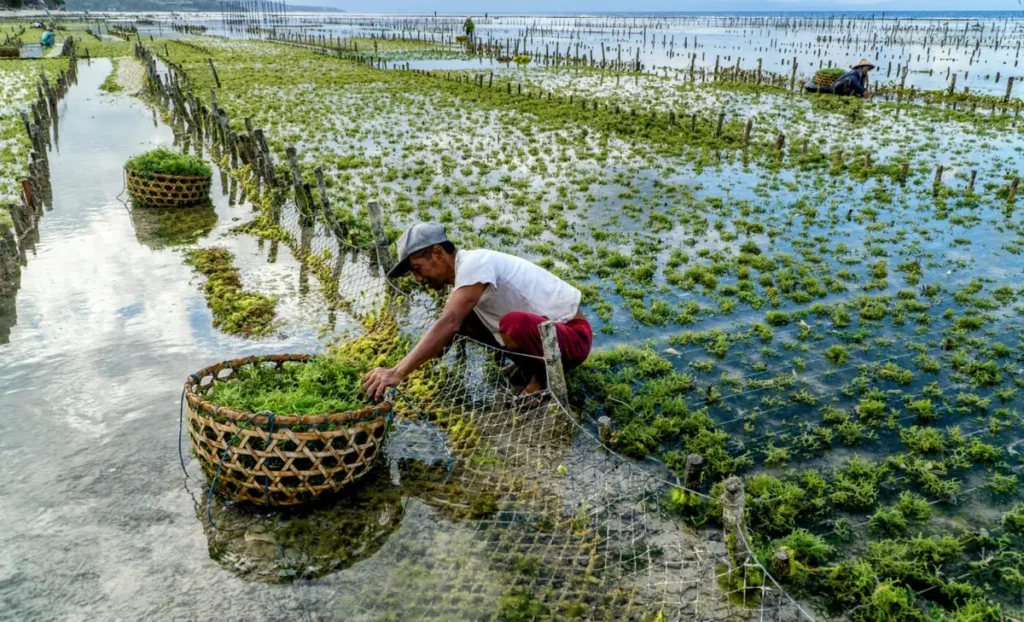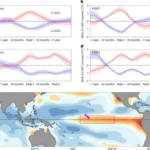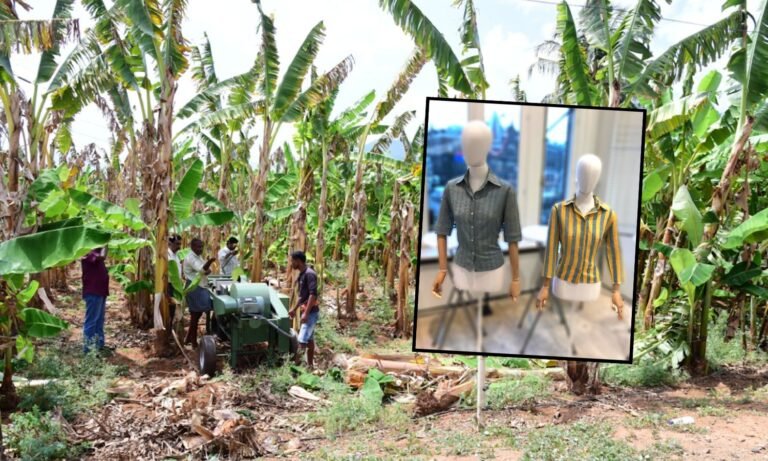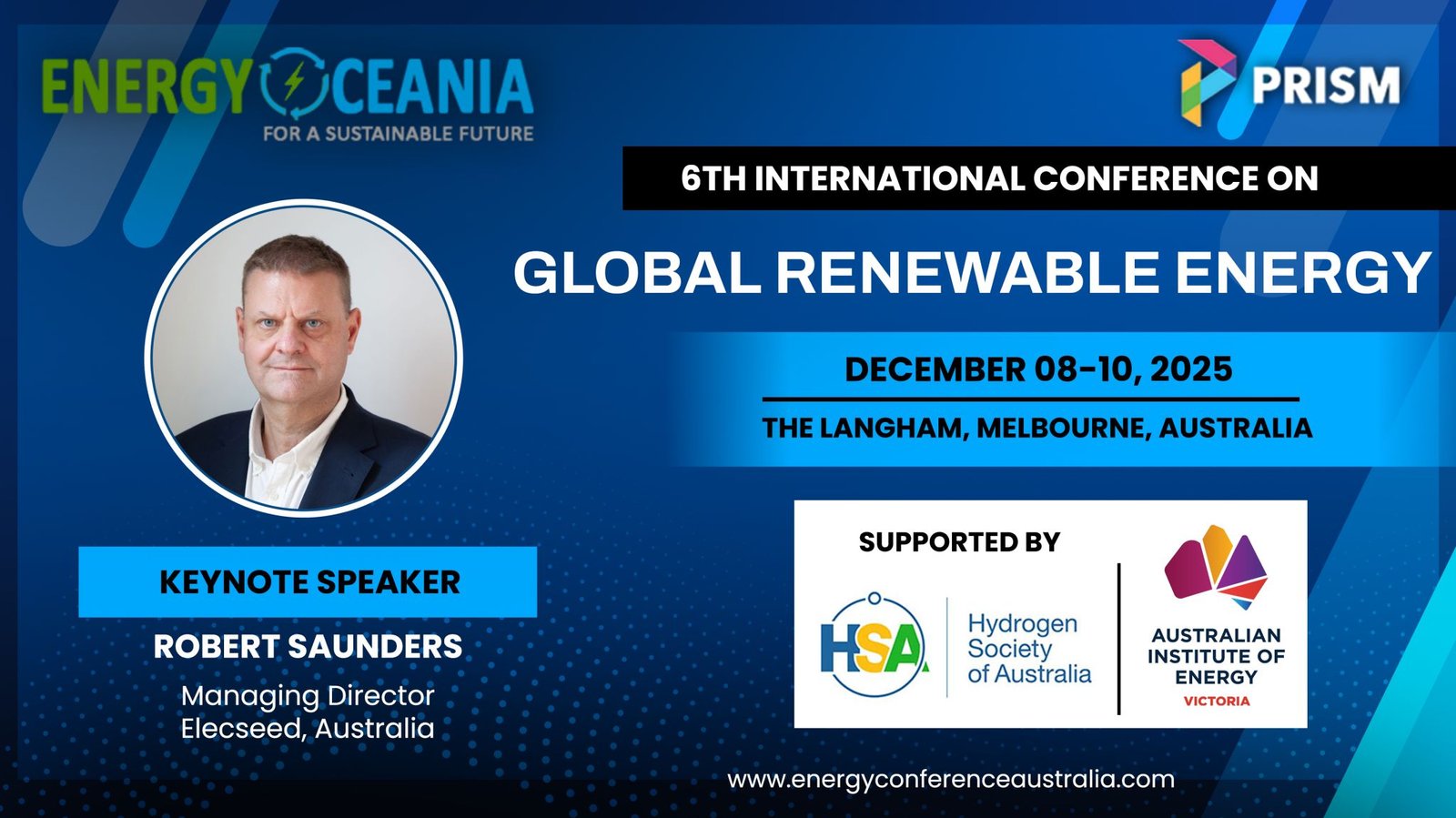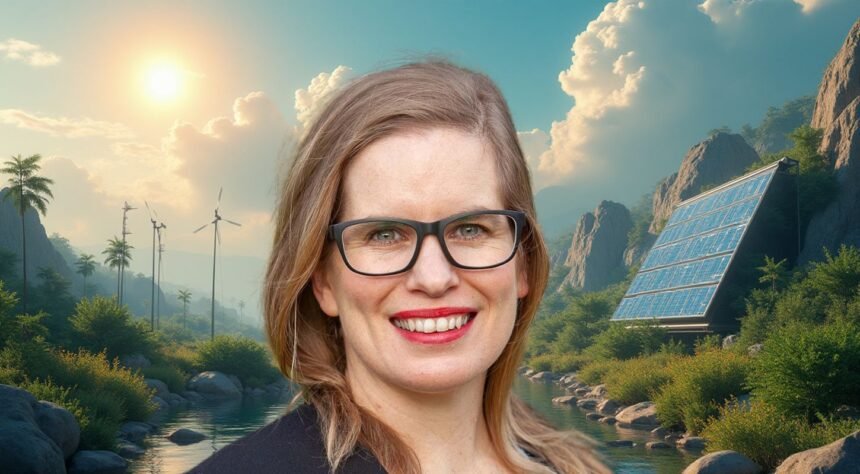Image: Earth.com
In Asia, particularly in nations like China and Indonesia, seaweed farms contribute to over 95% of the world’s seaweed production.
Many of these farms, especially in Southeast Asia, are situated in ecosystems shared with seagrass meadows, leading to competition for resources.
In Australia, the Cone Bay Seaweed Precinct in Western Australia is a collaborative effort between Canopy Blue, Traditional Owners of the Mayala people, who have a deep cultural connection to the sea country in the Buccaneer Archipelago, and the Maxima Opportunity Group. This partnership has established an equity ownership model and secured access to critical infrastructure, including a licensed hatchery.

The Buccaneer Archipelago Marine park in the North West of the Kimberley, Mayala country is an area of significant cultural value.
The Cone Bay project is part of Canopy Blue’s broader mission to pioneer hyperscale offshore seaweed cultivation. This approach aims to sequester CO2, restore ocean ecosystems, and produce sustainable products like biofuels and bioplastics.
A University of Queensland’s study cites the potential of farming 34 commercially important seaweed species using the Global Biosphere Management Model. Environmental benefits of a range of scenarios were estimated based on land-use changes, GHG emissions, water and fertilizer use, and projected changes in species presence by 2050. Millions of available hectares of ocean within global exclusive economic zones* (EEZs), where farming could be developed – with Australia’s EEZ at an estimated 75 million hectares of ocean being suitable.
Without appropriate management, these seaweed programs threaten marine biodiversity and the benefits that humans get from the ocean. Scientists conclude that risks of habitat loss from seaweed cultivation within seagrass > link

Some scientists are advocating for farming seaweed in seagrass is that their research claims that the presence of seagrass reduces disease causing bacterial pathogens by 75%. A major win for a relatively low-tech industry where seaweed disease outbreaks hinder production. These scientists are not the only ones advocating seaweed production at scale.
Australia is increasingly turning to its extensive coastlines to combat climate change through innovative seaweed cultivation projects aimed at sequestering atmospheric carbon dioxide (CO₂).
These initiatives not only promise significant environmental benefits but also present new economic opportunities.
Seaweed Farming and Carbon Capture

Recent studies underscore the potential of seaweed farms in carbon storage. Notably, research indicates that seaweed forests are substantial contributors to oceanic carbon sequestration, with Australia’s seaweed forests identified as having particularly high carbon removal capacity.
In Western Australia, the Australian Institute of Marine Science (AIMS) is investigating the dispersal patterns of Sargassum seaweed along the Ningaloo Coast. This research aims to understand how seaweed can be utilized to enhance carbon sequestration in tropical marine environments.
Innovative Projects and Collaborations
Several Australian companies are at the forefront of integrating seaweed cultivation with carbon capture. For instance, Canopy Blue has made significant strides by deploying over 600 meters of seeded growth lines in Cone Bay, marking progress in sustainable seaweed farming and carbon sequestration.
Additionally, the collaboration between various marine industries and communities in Tasmania aims to restore giant kelp forests. This $3.5 million project focuses on rearing and replanting kelp, removing competing seaweed species, and rebuilding populations of urchin-eating rock lobsters, thereby enhancing carbon sequestration and biodiversity.
Challenges and Environmental Considerations
While the expansion of seaweed farms offers promise, it also raises ecological concerns. A study published in February 2025 cautions that large-scale seaweed farming could pose risks to vital marine life, emphasizing the need for balanced and sustainable development in this sector.
Future Outlook
The Australian government is supporting these efforts through initiatives like the Tidal Restoration of Blue Carbon Ecosystems method – Tidal restoration of blue carbon ecosystems is a method aimed at reintroducing tidal flows to coastal wetlands, which helps restore these ecosystems and their ability to sequester carbon. This approach involves removing or modifying tidal barriers, such as sea walls or gates, to allow natural tidal inundation. The process can convert drained freshwater wetlands into brackish or saline wetlands, enhancing their capacity to store carbon in vegetation and soils – allows projects to earn Australian carbon credit units (ACCUs) by reintroducing tidal flow to coastal wetlands.
As Australia continues to explore and invest in seaweed-based carbon sequestration, these projects represent a harmonious blend of environmental stewardship and economic innovation, positioning the nation as a leader in sustainable marine practices.
Groundbreaking Research Confirms Seaweed Farming’s Potential as a Blue Carbon Solution

Oceans 2050 research conducted across 20 seaweed farms spanning five continents confirms that seaweed farming can sequester carbon. The study titled “Carbon burial in sediments below seaweed farms matches that of Blue Carbon habitats,” marks the first comprehensive, empirical assessment of carbon burial rates beneath seaweed farms globally – in mangroves, salt marshes, and seagrasses. This research highlights the dual benefits of seaweed farming: meeting food security and economic development goals while advancing climate change mitigation efforts.
Key findings include:
- Seaweed farms bury carbon at rates similar to mangroves and seagrasses, two ecosystems already known for their climate benefits.
- Older and larger seaweed farms store more carbon, showing that sustainable farming can have lasting impacts.
- If expanded worldwide, seaweed farming could remove up to 140 million tons of CO2 from the atmosphere every year by 2050.
“This research provides compelling evidence of the critical role that seaweed farming can play in addressing the climate crisis,” said Alexandra Cousteau, President of Oceans 2050. “By quantifying its carbon sequestration potential, we hope to unlock new avenues for investment in sustainable aquaculture as a climate solution.”
Carbon Burial in Sediments below Seaweed Farms matches that of blue carbon habitats. Nature Climate Change. https://doi.org/10.1038/s41558-024-02238-1
About Oceans 2050
Oceans 2050 is dedicated to enabling a future where our oceans thrive. We believe in the power of collaboration to achieve this goal. Oceans 2050 focuses on strategies that bridge the gap between people and the planet by empowering ocean changemakers, scaling innovative technologies, enabling transformational initiatives, and developing public tools to accelerate the restoration of abundant oceans by creating a connected experience right at our fingertips.
Visit www.oceans2050.org for more information.
About the Global Seaweed Project
Launched in September 2020, The Global Seaweed Carbon Project aims to harness the power of seaweed farming to mitigate climate change and restore ocean health. By quantifying the carbon sequestration of macroalgae (seaweed) beneath seaweed farms, we are creating a pathway to a new blue carbon market that can drive sustainable growth. This project enhances understanding of seaweed farming’s role in capturing carbon, attracts investment, and generates additional revenue streams for farmers while restoring marine ecosystems. Our ultimate goal is to create the conditions needed to scale up seaweed farming, potentially removing gigatons of atmospheric CO₂ and regenerating our oceans.

